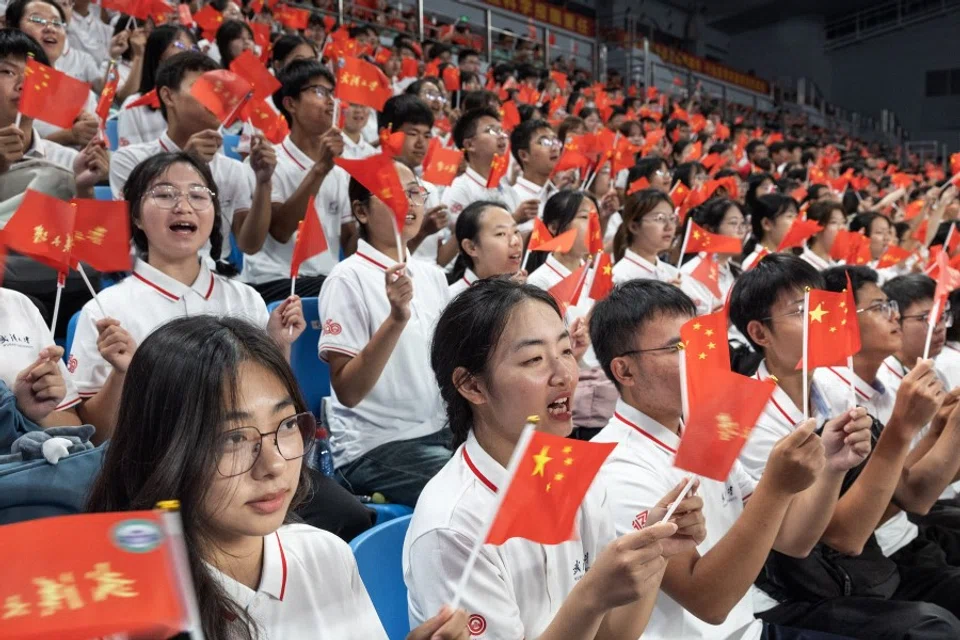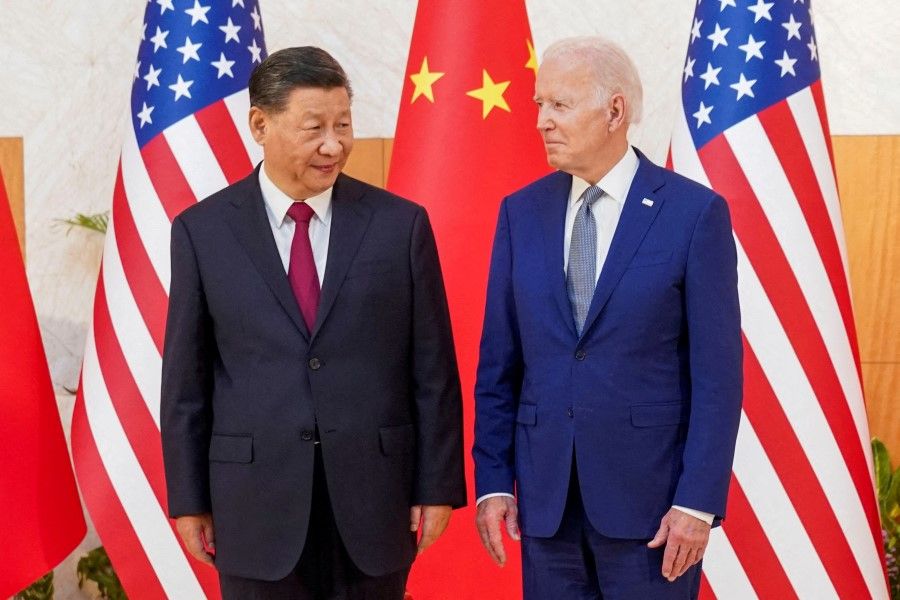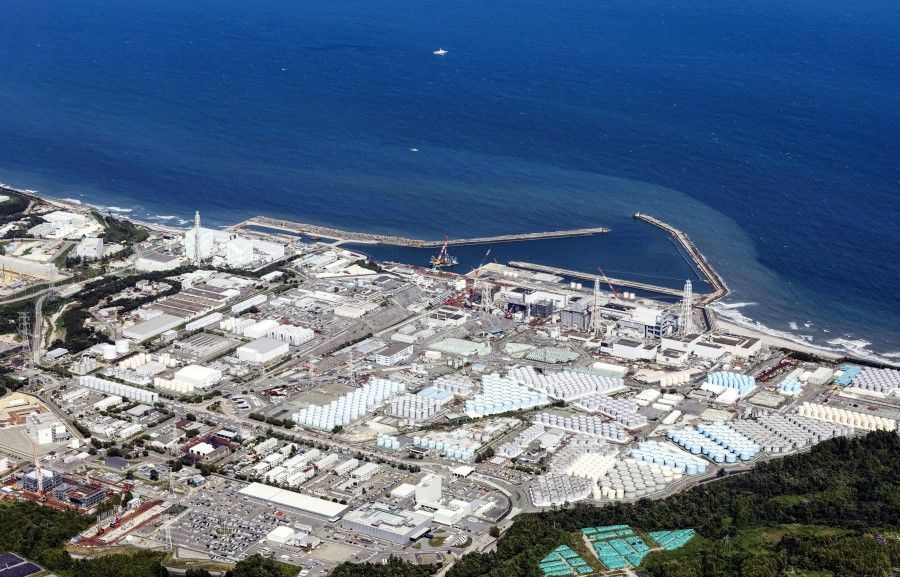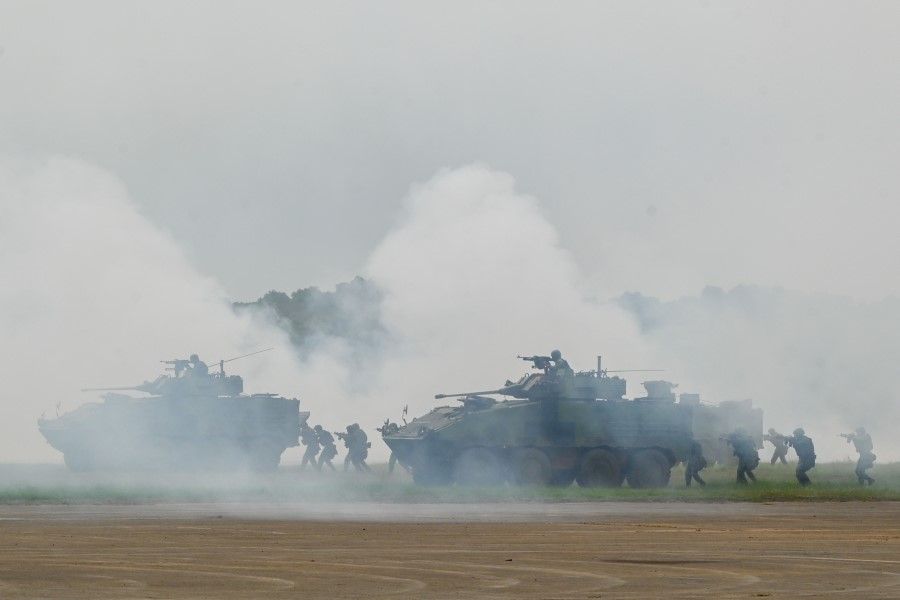Is Asia ready for a stronger China?

Is Asia ready for a stronger China? The answer depends on who is asking the question. Even the meaning of the question can vary, depending on your stance.
To some, "Is Asia ready" can mean that it is ready to co-exist with a "stronger China" and take advantage of the massive Chinese market.
Those taking this stance must also consider that a more powerful China will seek more room for itself and possibly even some exclusivity in the region. This perspective represents an acceptance of the role of a "stronger China" in Asia.
But to others, the same question can mean whether Asian countries are ready to resist the squeeze from a stronger China in the areas of trade and technology.
In other words, are Asian nations prepared enough to push back as China strengthens its sway in political, military and security matters? Are they prepared to avoid the scenario where becoming more reliant on China in terms of trade and the economy may render them politically helpless? Are they prepared to get caught up in the crossfire of China's escalating rivalry with the US?

The different approaches to such a question reflect the opportunities and challenges brought about by a "stronger China". The issue is also more complex and nuanced in countries that are ethnically diverse, such as Singapore and Malaysia.
Has China peaked?
Despite growing scepticism in some quarters, China continues to become bigger and stronger. It is true that the country is facing huge economic challenges. While China's economy grew by 5.5% in the first half of 2023 compared with the same period in 2022, it grew just 0.8% in the second quarter compared with the previous quarter. The latest youth unemployment rate released by the government was at a high of 21.3%, while China's property market has remained sluggish and its economy is on the brink of deflation.
Even if experts can't say for sure that China's economy has bottomed out, the downward spiral seems to have stabilised. The so-called "Lehman moment" some predicted has not materialised.
Nevertheless, following the rollout of stimulus measures by the Chinese government, the August 2023 data showed positive signs. Even if experts can't say for sure that China's economy has bottomed out, the downward spiral seems to have stabilised. The so-called "Lehman moment" some predicted has not materialised.
Of course, it will not be easy to restore business and consumer confidence in the short term, and the issue of China's ageing population is set to remain for the long term. But the Chinese government seems determined to change its distorted development model and appears willing to accept an economic slowdown as the price for this.
Chinese leader Xi Jinping is forging a new growth model that no longer relies on real estate and infrastructure driven by local governments to promote economic growth, but one that uses technology to drive innovation in the manufacturing sector, and steady domestic consumption growth. Xi's success will depend on the ability to enforce the relevant policies while properly handling China's relations with the US and Europe.

To shape the new growth model, China has significantly increased its investment in electric cars, advanced manufacturing, new energy, healthcare and life sciences. In the first quarter of 2023, China amazingly overtook Japan to become the world's biggest car exporter. Huawei's launch of its new smartphone powered by 7-nanometre chips made in China by Semiconductor Manufacturing International Corp was another success.
If the Chinese economic transformation is successful, Asia will face a China that is self-reliant in science and technology, militarily strong and boasting a deeper domestic market, but one that is less open to the outside world.
Ideally, Asia's readiness for a stronger China means that it will be able to seize the opportunities that come with a stronger China, and at the same time deal with the accompanying challenges and risks.
But this is very difficult to achieve in reality.
In fact, different countries are preparing to deal with a stronger China in different ways and now find themselves split into separate camps.
Asian response
In order to understand Asia's response to China's rise, let us look at the responses from India, Japan, South Korea and ASEAN.
The term "dragon-elephant tussle" has long been used in the international media. With the changes in China-US relations and India's rapid rise, the dragon-elephant tussle is becoming one key factor determining the future of Asia.
The decades-long border dispute between India and China has worsened since June 2020. Relations between the two countries plunged to a new low this year, with each expelling the other's journalists. Nationalism is rising in India and it is actively leveraging the US's Indo-Pacific Strategy to check China, as it takes advantage of its close ties with the US.

At the Group of 20 summit in New Delhi, which Chinese President Xi Jinping did not attend, India projected itself as a rival to China and a leader of the Global South, while also becoming an effective partner of the US in isolating China and Russia.
Japan is another major Asian economy whose relations with China have deteriorated. Japan also has territorial disputes with China, and the historical issues of World War II continue to trigger tensions between the two countries.
The slew of diplomatic moves by Japan and India to deal with a stronger China reflect their misgivings and reservations over the country's rise.
As China grows in power, Japan has over the past few years strengthened its ties with the Five Eyes alliance, actively participating in the Quadrilateral Security Dialogue (Quad) of which Japan and India are members. Japan also plans to increase its defence spending to 2% of its GDP by 2027, similar to that of NATO members.
In the new National Security Strategy papers approved by Japanese Prime Minister Fumio Kishida last year, China replaced North Korea for the first time as Japan's "biggest strategic challenge to date". Early this year, Japan tried to host a NATO liaison office in Tokyo - a move that Beijing strongly criticised as an attempt to turn the Asia-Pacific into a NATO. The plan was eventually shelved after France opposed it.
But China and Japan remain quick to take offence with each other, as seen in how tensions flared in August over Japan releasing treated nuclear wastewater from Fukushima into the sea.

The slew of diplomatic moves by Japan and India to deal with a stronger China reflect their misgivings and reservations over the country's rise.
Against this backdrop, India has moved closer to the US, while Japan and South Korea have also put aside their old grudges and agreed to expand military cooperation.
These countries are also trying to reduce their economic and trade dependence on China.
Despite their strained bilateral relations, trade between China and India reached US$136 billion in 2022, registering a year-on-year increase of more than 20%. China enjoys a huge advantage because Indian companies need to import large quantities of intermediate products from the country for processing and export. India is trying to change the equation, not only by vetting investments by Chinese companies on security grounds, but also by imposing fines and overdue taxes on Chinese companies.
Also drifting away from China is South Korea. As China develops its high-tech manufacturing industry, South Korea has been forced to speed up the diversification of its supply chains of raw materials and production bases. The restructuring of global supply chains due to pressure from the US has also directly impacted South Korea's trade.
In comparison with India, Japan and Korea, the 10-member ASEAN tries not to take sides. This makes it one of the few investment hot spots in the world that benefit both from China's rise and globalisation.
In 2021, ASEAN overtook the European Union to become China's largest trade partner. The latest figures also show that with a sharp fall in China's exports to the US and the EU this year, Southeast Asia has become China's largest export market.

These developments put ASEAN in prime position to seize the opportunities brought about by China's continued rise. But the challenge for the grouping is how it will be able to maintain its independence and be smart in dealing with the East and West, in the face of pressure from both sides.
The regional bloc occasionally gets slammed by the West - a reminder that it can't commit itself fully to that camp. At the same time, the sovereignty dispute between four ASEAN member states and China over the South China Sea has prompted the grouping to carefully manage its distance from China.
What Asia cannot afford is to split itself into Cold War-style rival camps.
Safety nets, red flags
Countries in Asia have their own responses to China's continued rise, which has inevitably sharpened distrust and tension in the region.
What Asia cannot afford is to split itself into Cold War-style rival camps. This will not only lead to stagnation in trade, innovation and exchanges, but also deny the region of the prosperity and progress it has enjoyed in the last 50 years. The biggest risk is the eruption of armed confrontations and clashes.
Fortunately, countries in Asia are seeking to avoid outright confrontation as they work together in several overlapping circles. For example, India is a member of both the US-led QUAD and the Russia-led Shanghai Cooperation Organisation, as well as BRICS.
The Regional Comprehensive Economic Partnership agreement led by ASEAN to promote regional economic integration has 15 members; India did not join, but China, Japan and South Korea are members.
So, to whether Asia is ready for a stronger China, one can only say that each country has its own way of preparing and responding. While the region as a whole will not be able to fully enjoy the fruits of globalisation and regional cooperation as it did before, it can remain largely stable. Forcefully subverting the current order in Asia does not serve the interests of any party.

The biggest danger in Asia still lies in whether war breaks out in the Taiwan Strait.
The US sees Taiwan as the front line in the tussle between democracy and authoritarianism, and a symbol that the international order led by the US is unchallenged. Mainland China believes that reunification will be a sign of China's rise and has been comprehensively preparing for war. If a war breaks out in the Taiwan Strait and the US intervenes, China is prepared to counter-attack both militarily and economically. Both sides could even consider a nuclear war.
... no country in Asia can say it is "ready" for China's rise because in many ways, much of Asia's fate also lies in the hands of the US.
China's move towards becoming technologically self-reliant and militarily powerful, with its economy driven more by domestic demand than external parties, is in reality part of its preparation for a conflict across the Taiwan Strait.
China has emphasised that it has not given up on peaceful reunification, and clearly this will best serve its strategic purpose.
The US has become an important player in the developments across the Taiwan Strait. If direct conflict between China and the US in the strait becomes a self-fulfilling prophecy, it will be a global disaster.
In such a scenario, no country in Asia can say it is "ready" for China's rise because in many ways, much of Asia's fate also lies in the hands of the US.
